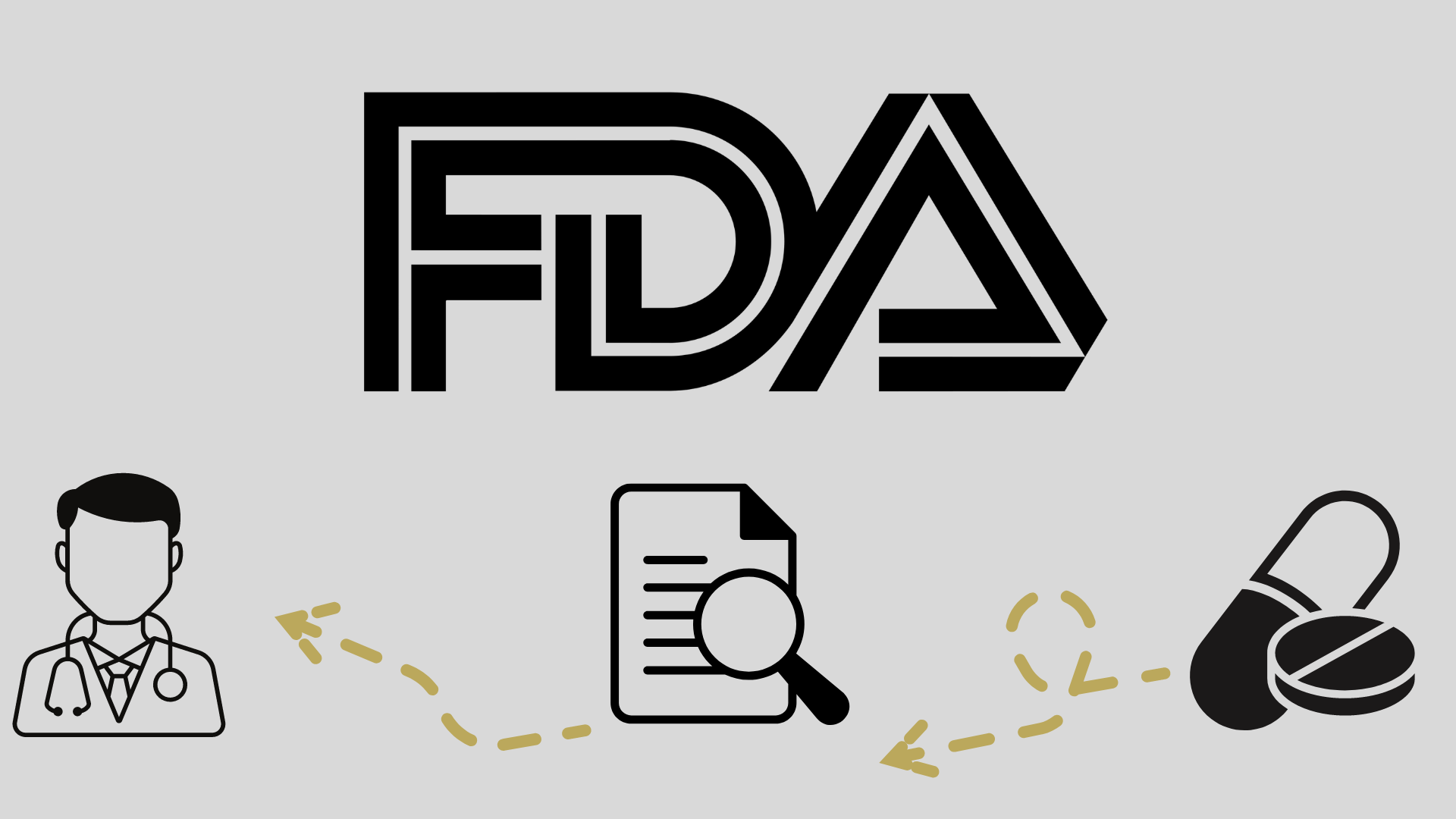
FDA Removes Partial Clinical Hold on TakeAim Leukemia Trial of Emavusertib

The partial clinical hold on the TakeAim Leukemia trial exploring emavusertib in patients with acute myeloid leukemia and myelodysplastic syndrome has been lifted.
- As of the March 17, 2023 data cutoff, responses were seen in 2 subpopulations of patients with acute myeloid leukemia (AML) including those harboring FLT3 mutations and those harboring U2AF1 or SF3B1 spliceosome mutations who had received no more than 2 prior lines of treatment.
- Investigators have determined 300 mg twice per day as the recommended phase 2 dose (RP2D) of emavusertib alone.
- Updated data from the TakeAim Leukemia monotherapy study is expected to be released in 2024.
The FDA has lifted a partial clinical hold on the phase 1/2 TakeAim Leukemia trial of emavusertib as monotherapy and in combination with azacytidine (Vidaza) and venetoclax (Venclexta) for the treatment of patients with relapsed/refractory acute myeloid leukemia (AML) or high-risk myelodysplastic syndrome (MDS).1
Investigators have also determined the recommended phase 2 dose (RP2D) of emavusertib monotherapy to be 300 mg twice per day.
“We are pleased to announce that FDA has removed the partial clinical hold on the TakeAim Leukemia study, and that we are proceeding with 300 mg BID as our RP2D,” said James Dentzer, president and chief executive officer of Curis, in a press release. “We are working with our clinical sites to enroll targeted patients with AML [patients with a FLT3 or spliceosome mutation who have received [at most] 2 prior lines of treatment]. We also plan to initiate a front-line combination study of emavusertib with azacitidine and venetoclax.”
Previously in April 2022,
In August 2022, the partial
As of the data cutoff date of March 17, 2023, 84 patients enrolled in the TakeAim Leukemia study received emavusertib monotherapy ranging from doses at 200 mg to 500 mg twice per day.1 Across patient subgroups, regardless of dose level, mutation status, or number of prior lines of treatment, significant blast count reductions were observed. Patients with AML who harbor FLT3 mutations and patients with AML harboring U2AF1 or SF3B1 spliceosome mutations who had received no more than 2 prior lines of treatment also had responses.
Among the 3 patients with a FLT3 mutation treated at 300 mg twice per day, 2 patients achieved a complete response (CR). Additionally, 2 of 3 patients with a spliceosome mutation who were treated with this dose achieved a CR or CR with partial hematologic recovery. These patients had a duration of response (DOR) ranging from 5.6 months to 7.0 months.
“We believe emavusertib has the potential to be the cornerstone agent in the treatment of hematological malignancies,” added Dentzer in the press release. “In 2024, we expect to have updated data from the TakeAim Leukemia monotherapy study, clarification of a monotherapy registrational study design, and initial data from an azacitidine and venetoclax combination study.”
The TakeAim Leukemia trial is an open-label, dose-escalation, dose-expansion study enrolling patients aged 18 years and older with AML or MDS who have a life expectancy of at least 3 months and an ECOG performance status of 0 or 1.4
In the phase 2a monotherapy dose-expansion portion of the study, patients with AML harboring FLT3 mutations and who are relapsed/refractory after a FLT3 inhibitor, those with relapsed/refractory AML harboring SF3B1 or U2AF1 spliceosome mutations, and patients with relapsed/refractory high-risk MDS with SF3B1 or U2AF1 spliceosome mutations and a bone marrow blast count of at least 8% who are ineligible for chemotherapy will be included..
The monotherapy dose-expansion portion of the trial will divide patients into 4 separate cohorts based on baseline disease. These patients will be given emavusertib at the RP2D of 300 mg twice a day.
Investigators are evaluating the primary end points of CR rate in patients with AML and overall response rate in patients with MDS in the phase 2a portion of the study, and secondary end points for this portion are safety, DOR, time to response, transfusion independence, and overall survival.
"A significant unmet need remains for patients with AML and MDS with the majority of front-line patients relapsing with currently available treatment options," said Reinhard von Roemeling, MD, senior vice president of clinical development of Curis, in the press release.1 "Emavusertib has the potential to be uniquely positioned as an addition to frontline therapy in combination with standard of care and also as a monotherapy in targeted R/R patient populations."
References
FDA removes partial clinical hold on TakeAim leukemia study RP2D established at 300 mg BID. News release. Curis, Inc. July 6, 2023. Accessed July 10, 2023.
https://tinyurl.com/yth38zbz Curis announces FDA partial clinical hold for takeaim leukemia study of emavusertib (CA-4948). News release. Curis, Inc. April 4, 2022. Accessed July 10, 2022. https://bit.ly/3NLDhES
FDA allows patient enrollment to resume in monotherapy dose escalation of emavusertib in TakeAim leukemia study. News release. Curis, Inc. August 30, 2022. Accessed July 10, 2023.
Dose escalation/expansion trial of CA-4948 as monotherapy and in combination with azacitidine or venetoclax in patients with AML or MDS. ClinicalTrials.gov. Updated February 2, 2023. Accessed July 10, 2023. https://www.clinicaltrials.gov/study/NCT04278768








































